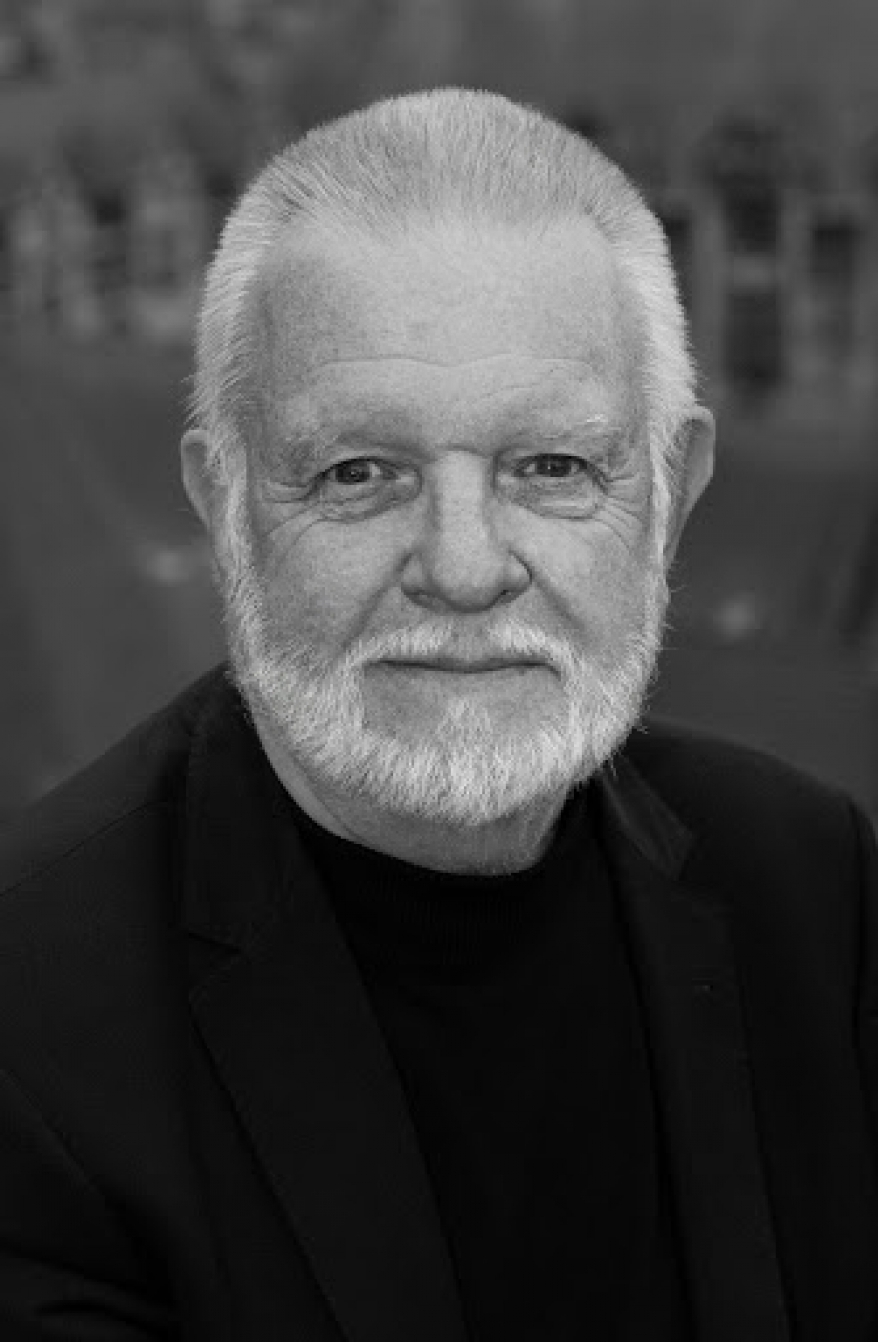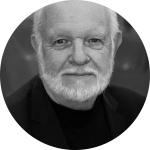The Open Access Week is a yearly event which raises awareness and promotes the free, immediate, and online access to scientific research through Open Access (OA) publishing. For Open Access Week 2018, running from 22-28 October 2018, Eurodoc will publish an article each day on various aspects of OA from international experts.
In this first article of the series, Bernard Rentier, Rector Emeritus at the University of Liège, explains the history of the OA movement and his views for the future.
Scholarly communication consists for researchers in making the results of their work known to their peers. There are various ways to communicate: in live meetings or through the scientific literature. Before the advent of the internet, mass communication was achieved through specialised journals. Originally organised by the researchers themselves within learned societies, the publication/distribution was subcontracted to publishing houses, and hence became professionalised but also privatised. Unsurprisingly, the associated costs have gradually increased to the point that researchers can no longer purchase their indispensable documentation. With the worldwide growth of research activity, publications and journals have increased in number and universities have also become unable to buy them all. In addition, the mandatory abandonment by authors of their legitimate rights to reuse their own work in an era of light-speed propagation of information is a barrier to the swift spread of knowledge and to research transparency and reproducibility. It is out of these observations that the Open Access (OA) movement was born.
To counter these progressive drifts, the first suggestion was to overturn the entire system by making it independent of the constraints set unilaterally by publishers. In 1991, Paul Ginsparg created ArXiv, a repository of electronic pre-publications adopted mainly by physicists, mathematicians, astrophysicists, and computer scientists, which is accessible free of charge on the Web. This concept of free publication and free reading was called the ‘Golden Route to Open Access‘. It allowed for an open discussion with peers and, surprisingly, did not prevent subsequent publication of an improved version in a traditional journal. It also accelerated the spread of information, made it widely available, and was never challenged by publishers.
This elegant solution did not find an echo in other fields of science, leading Stevan Harnad to propose a provocative new concept in 1994. He coined his new proposal the ‘Green Route to OA’ (a more sinuous but enchanting path) whereby authors publish articles traditionally (peer review, modification requests, signed contract, copyright waiver, embargo period) and whereby manuscripts are in parallel, when accepted, immediately deposited in the digital archive of (or recommended by) their institution. Harnad was aware that his approach did not radically change the traditional system, but he hoped that the movement would grow and eventually undermine its foundations, and it did.
OA did not relieve the universities from an unfair financial burden, but it did start to make the legitimate free access to publicly funded research a worldwide reality. It has clearly proved its effectiveness with the Human Genome Project or the global fight against malaria.
In addition, in traditional publications, it is almost impossible to share either negative results or experimental failures. Publishers seldom accept such negative outcomes, even though they often represent a time-consuming and expensive workload. This unfortunately lets other researchers pursue the same dead ends, wasting efforts and resources. Interaction between researchers must include all research achievements, whether glorious or not and nowadays, with no longer any space constraint, OA allows it.
The major drawback of the development of OA is that, anticipating a reduction in profits if it prevails, the major publishers are now reversing the system and require a payment for publishing rather than for reading, through ‘article processing charges’ (APCs). Building on their prestige, they persuade researchers to publish in their journals, thus ensuring a monopoly on high-end scientific publishing. Worse still, publishers offer so-called ‘hybrid’ formulas, which allows them to keep selling their journals to readers while at the same time asking researchers to pay APCs for immediate free access to their articles, hence winning on both fronts. The cost of APCs has increased just as it has done for journal subscriptions over the past decades. In some cases, it has even increased by 30% yearly! Today, the struggle is less to provide free immediate access to knowledge in the least favoured countries but to prevent a situation where only wealthy researchers can afford to publish. This would be a highly discriminatory development which, after sight has been restored to a majority of the scientific community, deprives it of its voice. In addition, APC-OA stimulates predatory publishing.
The only way to counter this shift is to create publicly-run and free-access online publishing platforms, thus going back to the original ‘golden path'. Neither complicated nor new. Alongside ArXiv, other new publication platforms have also emerged in a variety of fields.
It remains for the scientific community worldwide to adhere to the new progressive principles of Open Science. In particular, the criteria for research assessment and the evaluation of researchers should no longer be based on an anti-scientific proxy: the publishers’ prestige.

This article is licensed under a Creative Commons Attribution 4.0 International (CC BY 4.0) License.



